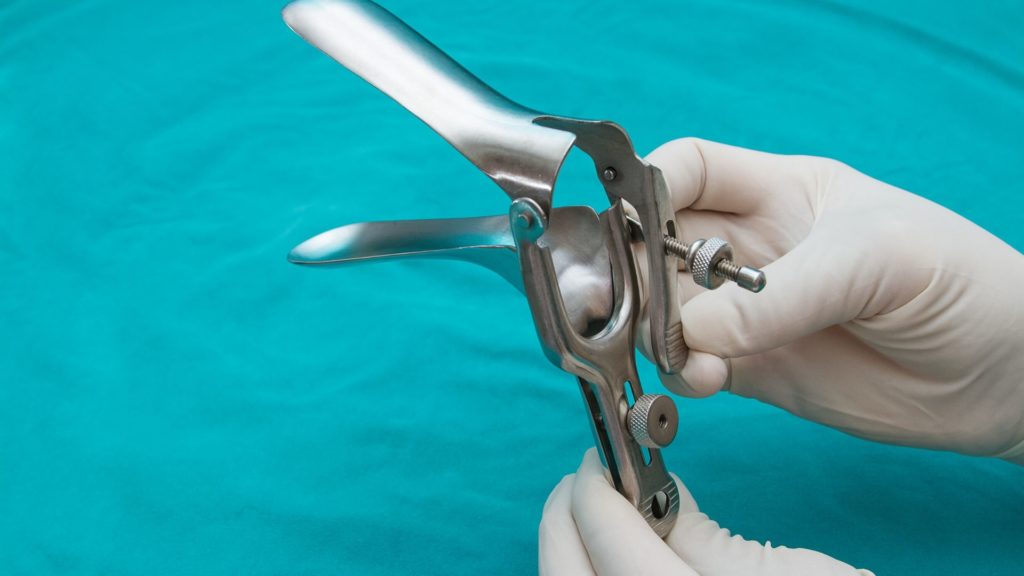What is it?
A cervical biopsy is a diagnostic procedure used to evaluate abnormal cervical tissue found during a Pap smear.
What conditions is it designed to treat?
A cervical biopsy is used to monitor abnormalities in the cervix including: cervical erosion, cervical polyps, abnormal blood vessel patterns, inflammation in the cervix, or white patches.
How is the procedure done?
A speculum is placed in the vagina. After swabbing the interior of the cervix with a solution of acetic acid (vinegar) to highlight the abnormal areas, the doctor will use a punch (a small, scissor-like instrument), biopsy forceps to collect one or more tiny pieces of cervical tissue. The tissue is sent to the pathologist for analysis. Depending on the results, additional treatment may be needed. The procedure takes less than 10 minutes and requires no anesthesia. The woman may feel brief discomfort during the procedure and may experience cramping after the biopsy.
What are the potential risks?
Potential risks include the possibility of excessive bleeding or infection.
What are special instructions after the procedure?
Patients should avoid sexual intercourse, douching, and use of tampons for several days following the procedure. Spotting of blood or an unpleasant vaginal discharge may occur for up to a week afterward. If the patient notices heavy or prolonged bleeding, or develops signs of an infection such as fever and chills, they should contact a physician immediately.
Thomas G. Stovall, M.D.
Dr. Stovall is a Clinical Professor of Obstetrics and Gynecology at the University of Tennessee Health Science Center in Memphis, Tennessee and Partner of Women’s Health Specialists, Inc.

